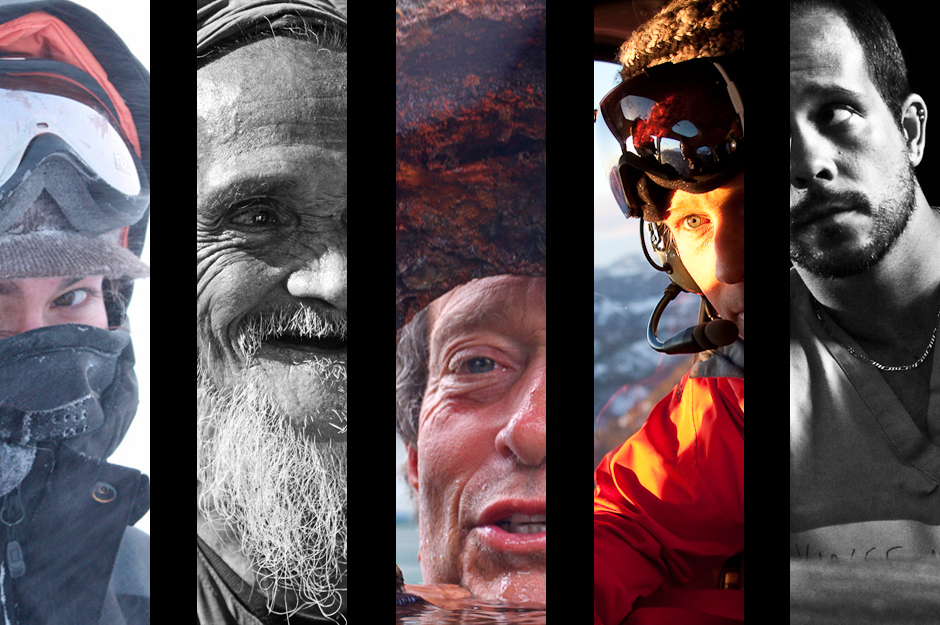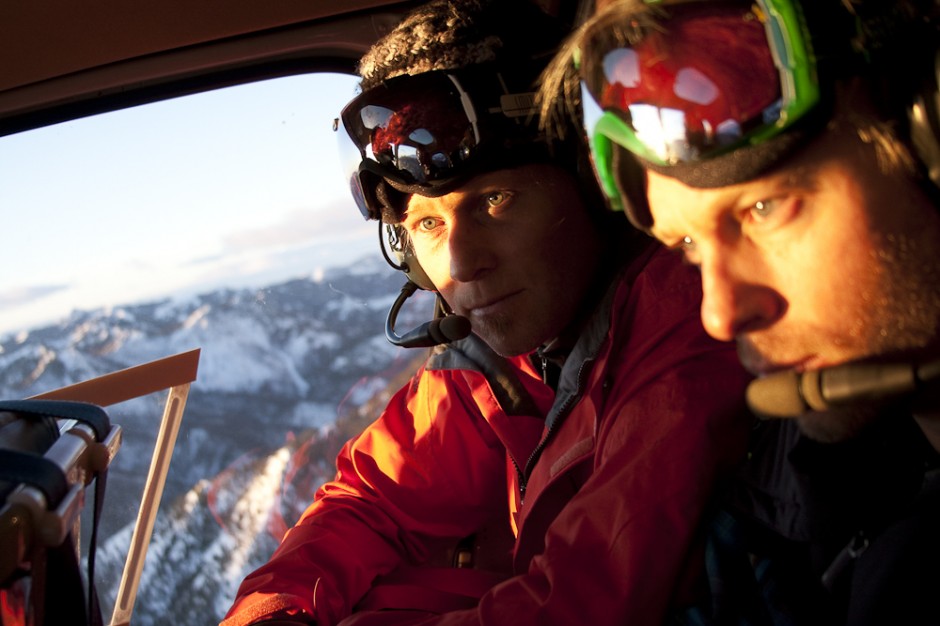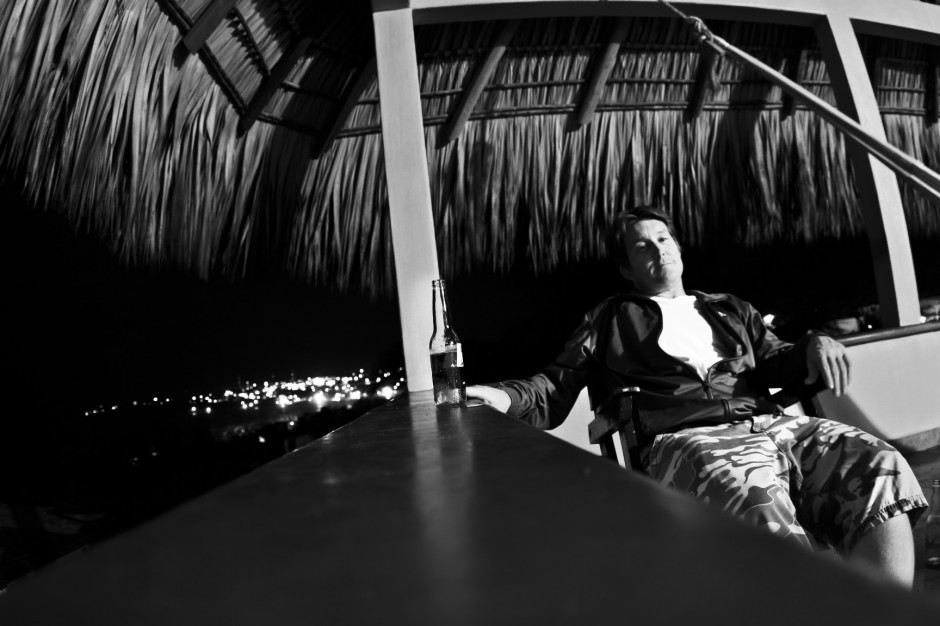WE TRAVEL TO PLACES ON A MAP. Places we have heard about, one way or another for one reason or another. We travel to geographical features. Mountains. Rivers. Oceans. Reefs. Waves. Cities. There are lofty goals and ideals to be sure. Lose yourself. Find yourself. Experience the unfamiliar. Open eyes and minds. Shit like that.
No doubt it all happens although never in the way you think… Some might claim they travel in search of “culture” or as it was recently elucidated to me by a young, blissed out traveler in the Gili islands when I asked why she was traveling: “to, like, have a cultural experience.” She must have seen my revulsion to the expression and she quickly added “and to meet some cool people.”






